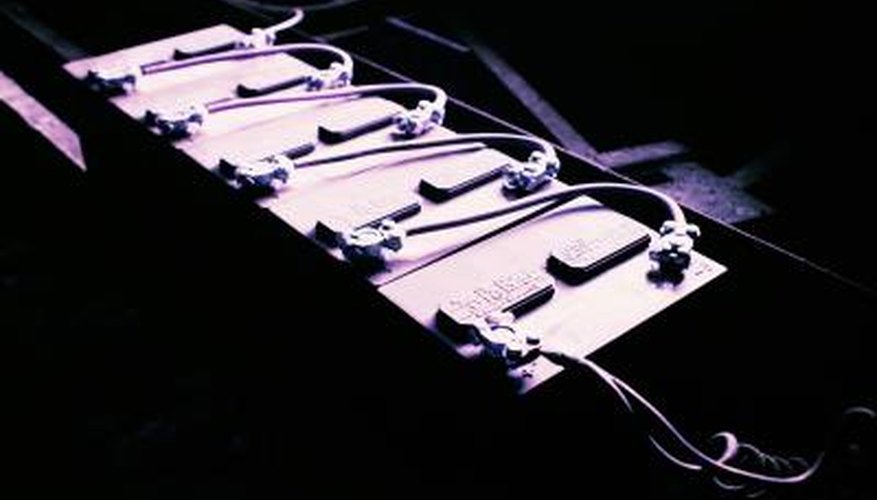Traditional wet cell lead-acid batteries have been facing competition from dry cell batteries, commonly called AGM or Absorbed Glass Mat, in the marine and R/V sectors for some years now. AGM batteries more recently have also been making inroads as aftermarket automobile starter batteries. While very expensive when first introduced, the cost of AGM batteries is now competitive, especially when the technology's advantages are taken into consideration.
AGM Advantages
AGM batteries are safer, require less maintenance, have potentially longer life, have a lower self-discharge rate, and have more installation options than wet cells. AGM batteries vent almost no hydrogen during their normal operation or during charging. Hydrogen gas is very flammable, and precautions must be taken to vent it safely away from ignition sources. The ability to accept more charge/discharge cycles means that AGM batteries can stand up to more abuse and last longer. Because there is no liquid water in an AGM battery, there is no need to maintain the water level or worry that water and acid will spill out if the battery is damaged or not positioned upright. In fact, AGM batteries may be mounted in almost any orientation, are vibration-tolerant, and can even operate submerged in water. Finally AGM batteries can be recharged more quickly than the typical wet cell.
- AGM batteries are safer, require less maintenance, have potentially longer life, have a lower self-discharge rate, and have more installation options than wet cells.
- The ability to accept more charge/discharge cycles means that AGM batteries can stand up to more abuse and last longer.
AGM Disadvantages
AGM batteries are generally more expensive than comparable wet cells. They are also more easily damaged by overcharging.
Wet Cell Advantages
Traditional wet cell batteries still have a cost advantage over AGM, although among high-quality lead-acid batteries, the advantage is narrowing. In addition, wet cells are fairly tolerant of overcharging and are more commonly available at battery retailers.
Wet Cell Disadvantages
Wet cell batteries are potentially more dangerous and slower to charge than AGM batteries. Wet cells emit hydrogen gas during normal operation and especially during charging. Such batteries therefore must be stored in well-ventilated areas and away from ignition sources. Wet cells also lose water to evaporation during normal operation and charging, so periodic inspection and topping up are required. Should the battery case of a wet cell be damaged or the battery become inverted, sulphuric acid can escape and cause injury and damage. Finally, a wet cell battery could be destroyed if submerged.
- Wet cell batteries are potentially more dangerous and slower to charge than AGM batteries.
- Wet cells emit hydrogen gas during normal operation and especially during charging.
